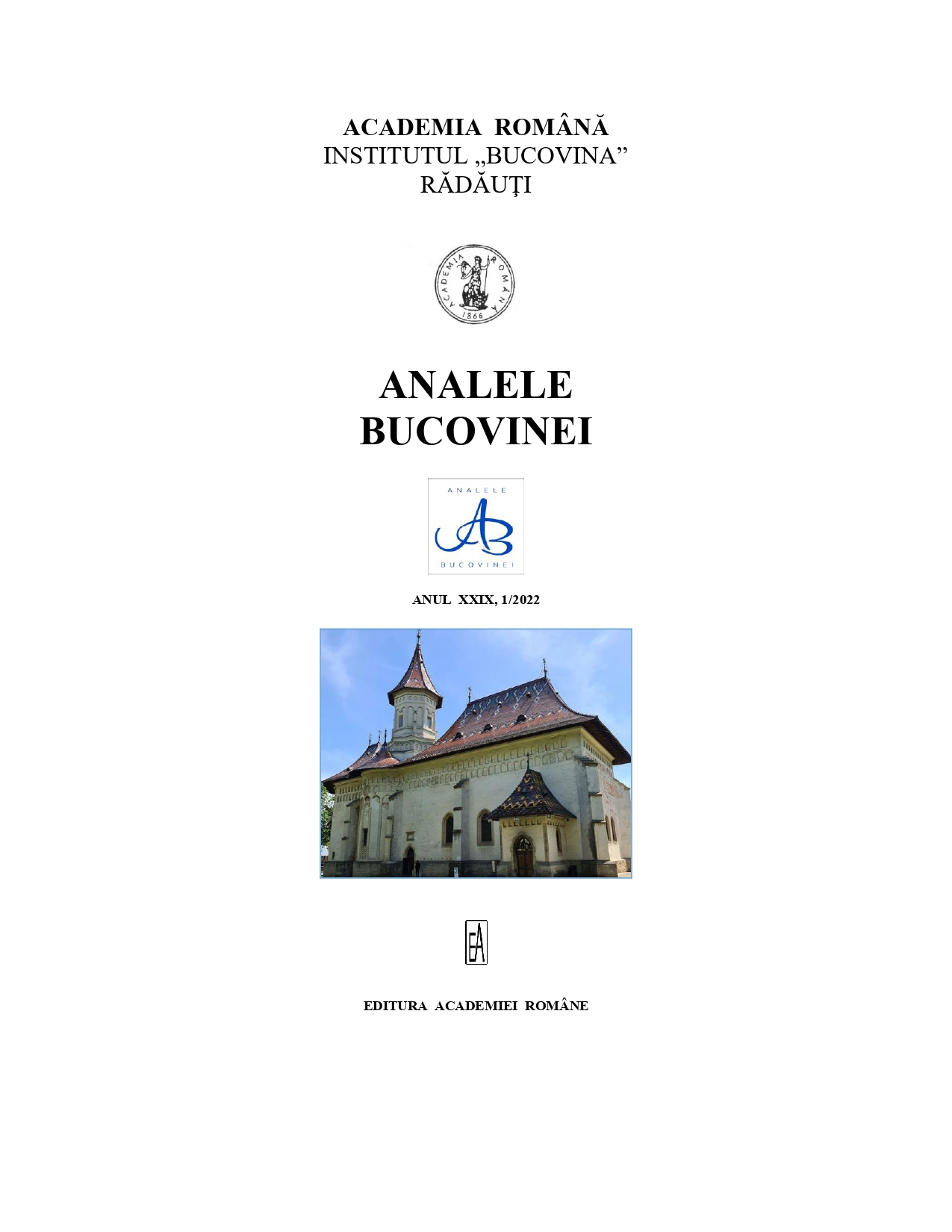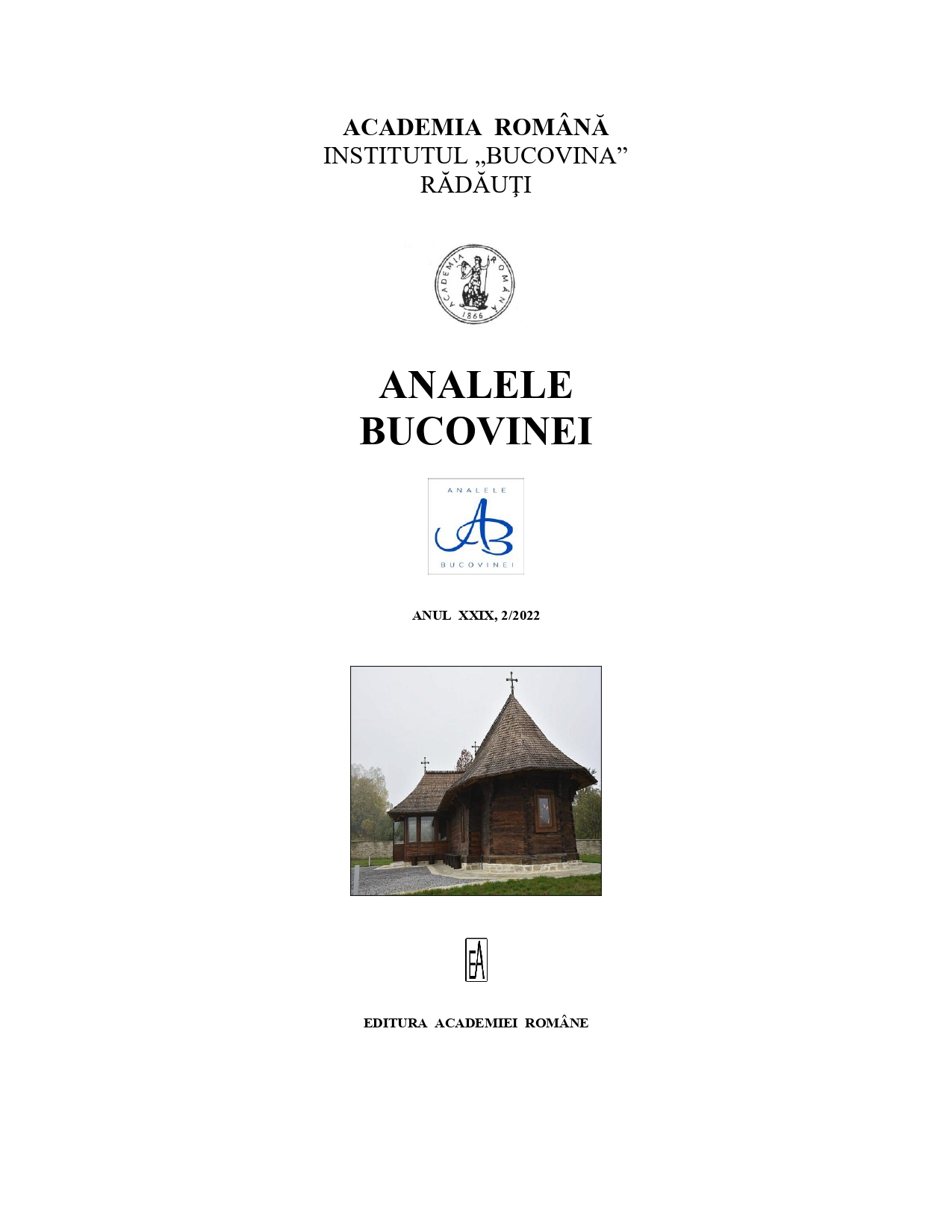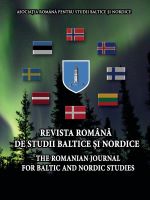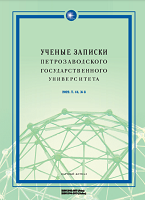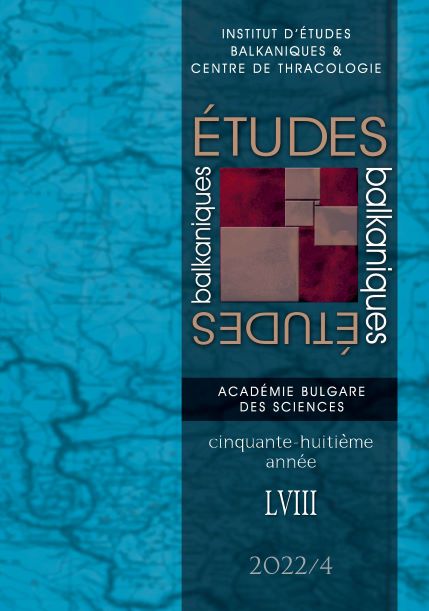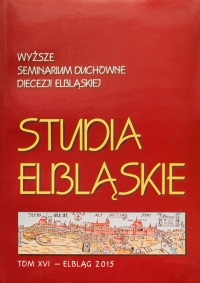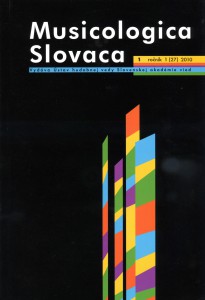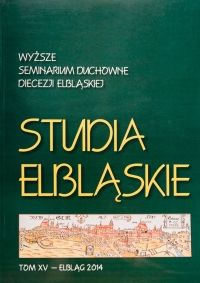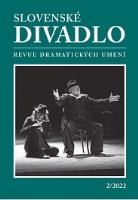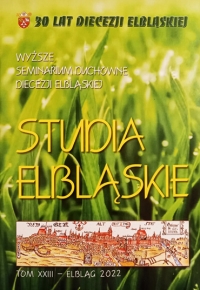Author(s): Mihai-Ștefan Ceaușu / Language(s): Romanian
Issue: 2/2022
In the mid-nineteenth century, the desire to establish a form of higher education in Bukovina, the most eastern province of the Habsburg Monarchy, meant to contribute to increasing the degree of culture of the local elite, was one of the concerns of the society of the time and it was expressed as early as 1848. As a result, residents from different social categories have also repeatedly addressed requests to the local political authorities, especially the Provincial Parliament, to ask the central regime for approval of the establishment of a higher education institution in the provincial capital, Chernivtsi. After being approved by the Chamber of Deputies and the Imperial Senate, on March 13 and March 20, respectively, the draft law on the establishment of the University of Chernivtsi received, on March 31, 1875, the imperial sanction.Until 1918, the “Francisco-Josephine” University of Chernivtsi, which was created after the model of the higher education institutions in Austria, had in its composition three faculties, namely: the Faculty of Law and Political Science, the Faculty of Philosophy and Letters and the Faculty of Orthodox Theology, lacking the Faculty of Medicine. The collapse of the Habsburg Monarchy at the end of The First World War, which had as a consequence the union of Bukovina with the Kingdom of Romania, on November 28, 1918, will directly influence the becoming of the university within the frameworks of the Romanian state. In the summer of 1919, the publication of the decree of the Romanian government followed, by which, the non-Romanian professors from the University of Chernivtsi, were asked to give a statement that they were committed to learning the Romanian language in two years, so that they could then teach in this language. This was the mandatory condition for keeping them in office, in addition to taking the oath of allegiance to the Romanian state and the king. Considering that the required deadline was too short for learning the Romanian language at a level that would allow them to hold academic lectures and publish scientific papers, most of the foreign professors from the University of Chernivtsi decided to give up their teaching activity here and at the beginning of September 1919 they were repatriated to Austria.The new Romanian university was inaugurated on October 24, 1920, in the synodal hall of the metropolitan residence in Cernăuţi. In the new Romanian organization of the university, the German language and Germanistics declined, given that the German language changed its status, from the situation of a state language to the state of language of a minority. The reorganization of the University of Chernivtsi in its Romanian form meant, in addition to the establishment of numerous new departments, such as psychology,sociology, art history, algebra, astronomy or mechanics, which, due to the lack of competent frameworks, have long remained unoccupied and the abolition of some of the old ones, such as that of Austrian history, Ukrainian language, German or Austrian law.The University of Chernivtsi ceased its activity as a Romanian university, of French cultural origin, with the entry of Soviet troops in Chernivtsi, on July 28, 1940, following the ultimatum given by the Kremlin to the Romanian government, which led to the annexation of the territory of Northern Bukovina by the Soviet Union.
More...
